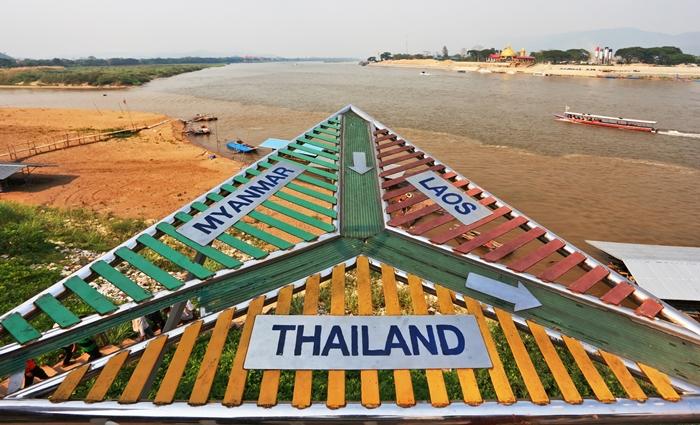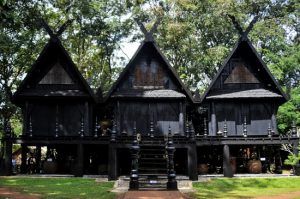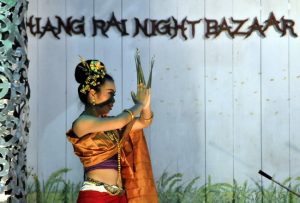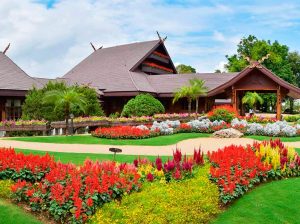Lush jungle, mist-shrouded mountains, hill-tribe villages and tranquil views of rice paddies mark the Golden Triangle, the point in northern Thailand that converges with Laos and Burma where the Ruak and mighty Mekong rivers join.
While its peaceful, untouched landscape has more recently become a draw for visitors, the Golden Triangle – a term coined by the CIA – gained notoriety in the 1920s as one of the world’s most prolific opium producers, until it was eclipsed by Afghanistan. In an effort to stamp out the drug trade, the Thai government made poppy-growing illegal in 1959 and brought in crop-substitution programmes for farmers. Opium production was cut considerably, but there are concerns it is rising again in remote pockets across the border in Burma and Laos.
That said, there are plenty of natural attractions to warrant a visit – the Thai side of the Golden Triangle, in particular, has plenty of interest. This northern corner was a stronghold of the Lanna culture that prevailed for several centuries and was called the “land of a million rice fields”, which hints at the scenic charms that await. Its gateway, Chiang Rai, is a laid-back city on the banks of the Kok river. It became the first capital of the Lanna kingdom in 1262, under King Meng Rai, and is dotted with landmarks such as the Wat Rong Khun (White Temple).











